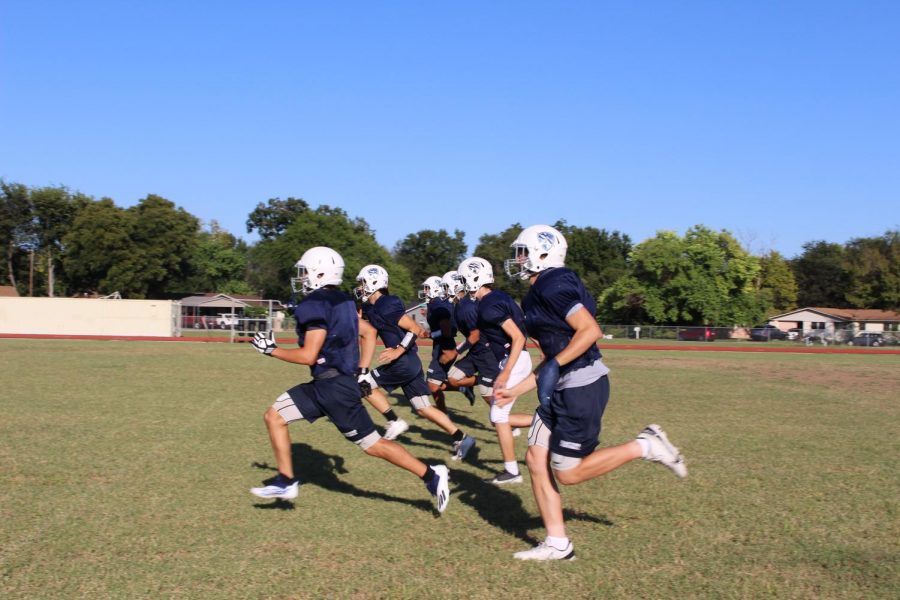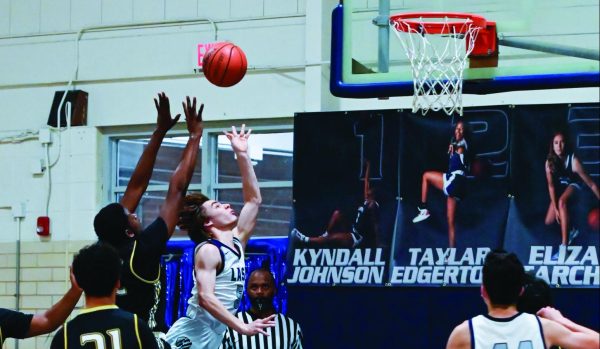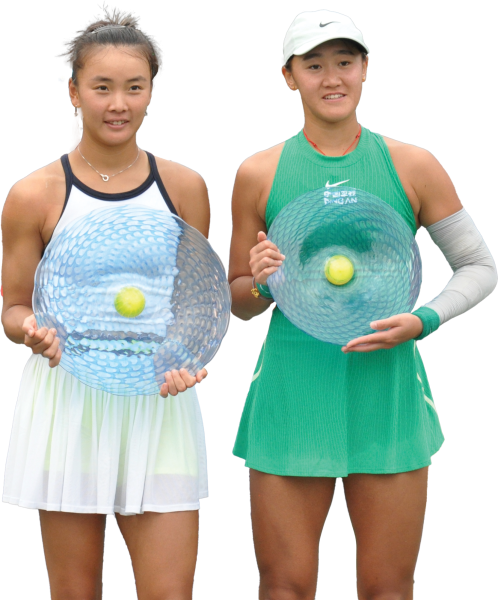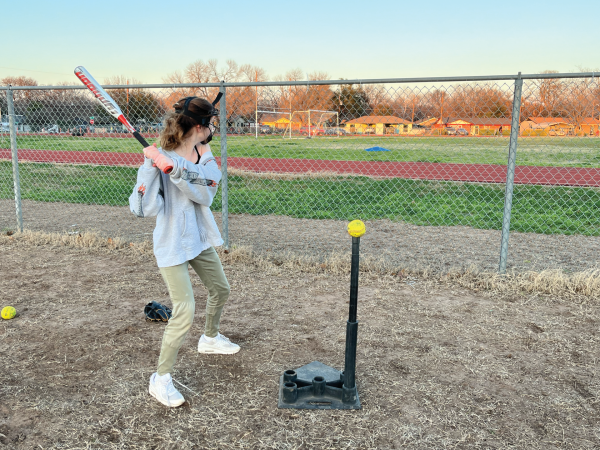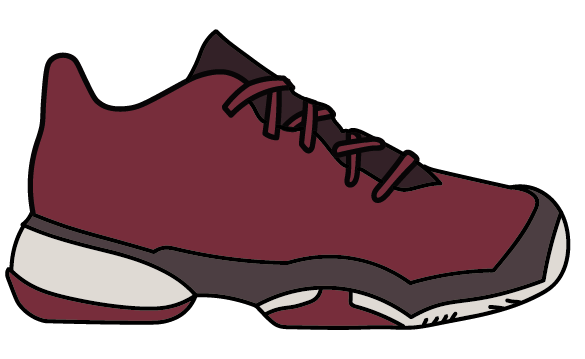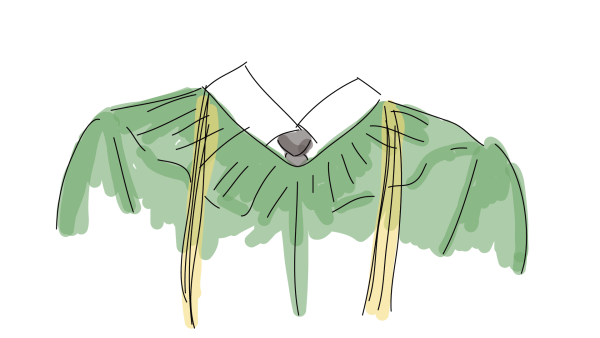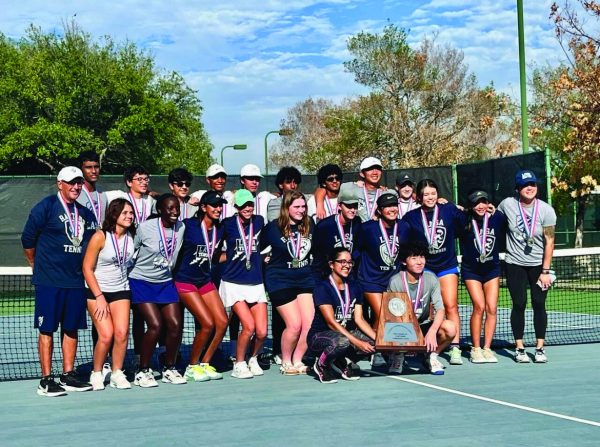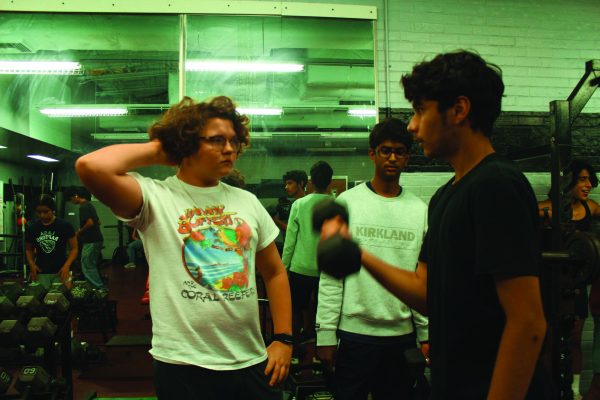Students are Game, Set, Matched with Athletic Periods
October 15, 2021
LASA is now implementing athletic periods, a class period during the day dedicated to developing the skills and teambonds of student athletes. Athletic periods open the door for a variety of opportunities for LASA, especially with new teams.
Starting in 2020-2021, LASA added athletic periods during the school day for athletes to participate in. Sports such as football, basketball, golf, volleyball, and soccer now have an athletic period at the end of the day. This enables teams to build their relationships, traditions, and develop connections in and out of practice.
Swim, dive, and track and field coach Christopher Parks helped organize the boys’ soccer athletic period. Parks said that the athletic periods were originally created to give serious athletes the opportunity to pursue their sport during the school day.
“The number one reason is that we want those athletes who really want to take their sport seriously to have as much of an edge as the other schools in the district and within our conference,” Parks said.
According to junior and volleyball player Lily Prath, athletic periods allow athletes to spend more time getting familiar with their sport and their teammates. Prath also said that athletic periods provide students with a gap at the end of the day that serves as a much needed break from classes.
“I wanted more conditioning and more time for practice, and I wanted more time to get to know my teammates and bond with them,” Prath said. “I was worried that it would take away from taking other classes, but I realized that it was a good decision and it was nice to have that break at the end of the day.”
Sophomore and football player Owen Osborn said the athletic period has allowed benefits for the team as they now have time together to work on strength and bonding. This helps the team hone their abilities and connection.
“It really benefits the team since it gives us a chance to work out and become stronger,” Osborn said. “We can get training in, get faster, run the plays, get down to it, and just get better in general.”
Athletic periods are year-round, so athletes have the chance to get extra training in during the off-season as well as their active season. Parks believes that it helps teammates become relaxed with one another as the season progresses.
“The fact that two to three times a week these guys are getting to train and get comfortable with each other as members of the same team, especially with the new freshmen, is helpful,” Parks said. “I can see the benefit for any sport.”
Some sports such as swim, dive, and waterpolo don’t yet have athletic periods. Parks shares his hopes for a potential period for such sports in the future, which will enable athletes in these sports to get that additional edge over competitors.
“For example, the swim team, the amount of different things we could accomplish if we had an athletic period would be much more expanded if we didn’t have to only practice early in the morning at 7 a.m.,” Parks said. “I think we’ll see a lot of sports probably growing if nothing else and students sustaining a sport longer beyond just their PE credit.”
With all this time spent together, Parks expects to observe more team unity and togetherness throughout all sports. During their active season, athletes will be spending a significant portion of their week with their team.
“I think the biggest thing that everyone is expecting to see is probably higher levels of team unity across the whole athletic department,” Parks said. “If you have people who are getting to spend part of their school day together, it’s just gonna enhance that team bonding that much more. I can say we are going to expect some more success, as far as victories on the field.”
Academics are important to many athletes, and coaches are aware of this and incorporate it into the class period. Parks says coaches split time between academics and athletics by giving athletes a portion of the time for studying and then the rest for drills and playing.
“I think it’s very signature [of] LASA that we try to also balance what they need as athletes,” Parks said. “So they get a study hall for a portion of the period, and then they have a warmup and stretching period, and slight conditioning, and then actually doing their drills. I think it’s a good balance.”
At LASA, there is an emphasis on student-athletes. Parks acknowledges this and says that coaches recognize that academics are valued to students. If athletes do choose to take the athletic period, they choose to focus on their athletic ability.
“The communication amongst us as coaches has always been the same thing that LASA obviously, the academics is the priority for the educators and the students,” Parks said. “They’re here to focus on their athletics.”
Many players come to a team with little experience or without any friends. Prath says that taking the athletic period adds to the experience of both incoming and returning athletes by giving an opportunity to build their skill and relationships.
“I think incoming and returning players should sign up for it,” Prath said. “Incoming, if you don’t know a lot of people on the team or you haven’t played a lot with them, you’ll get a benefit from that. And returning, it’s just nice to be around your friends and play more sports.”

